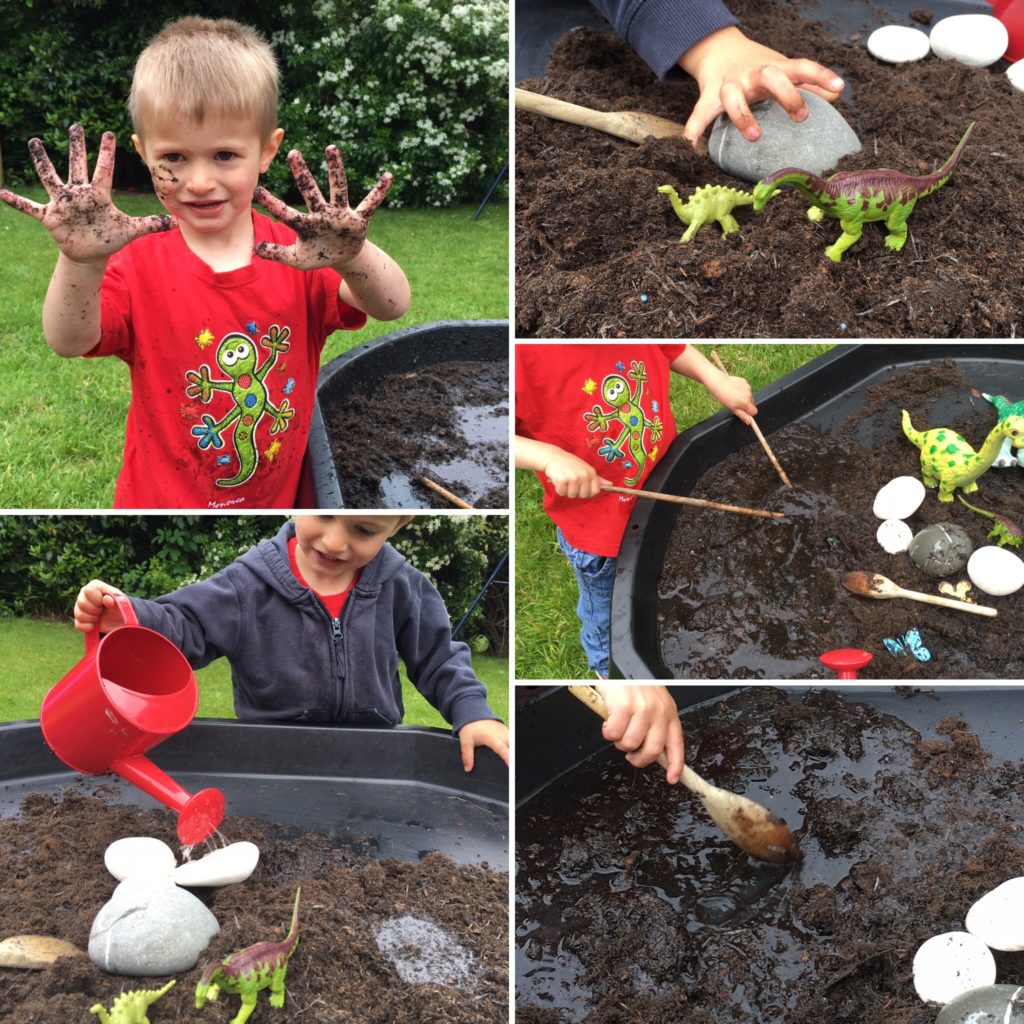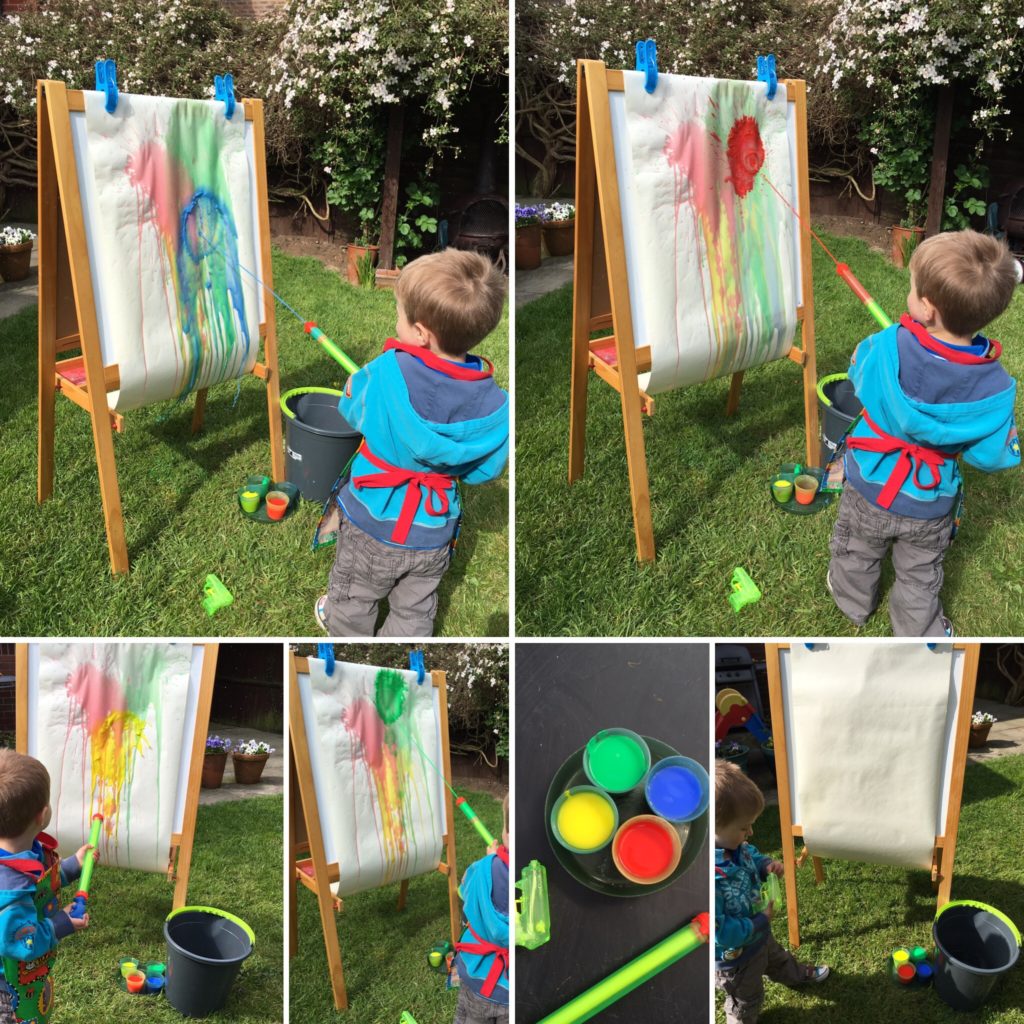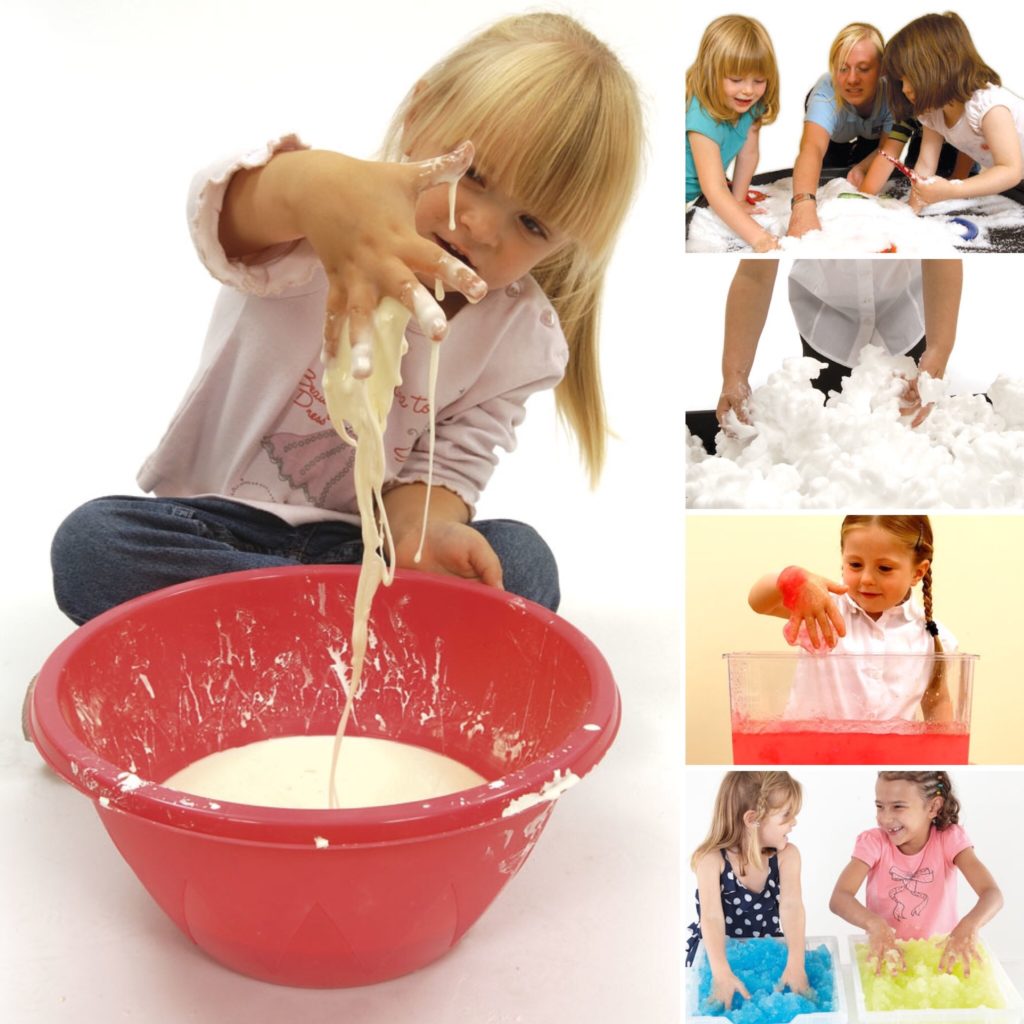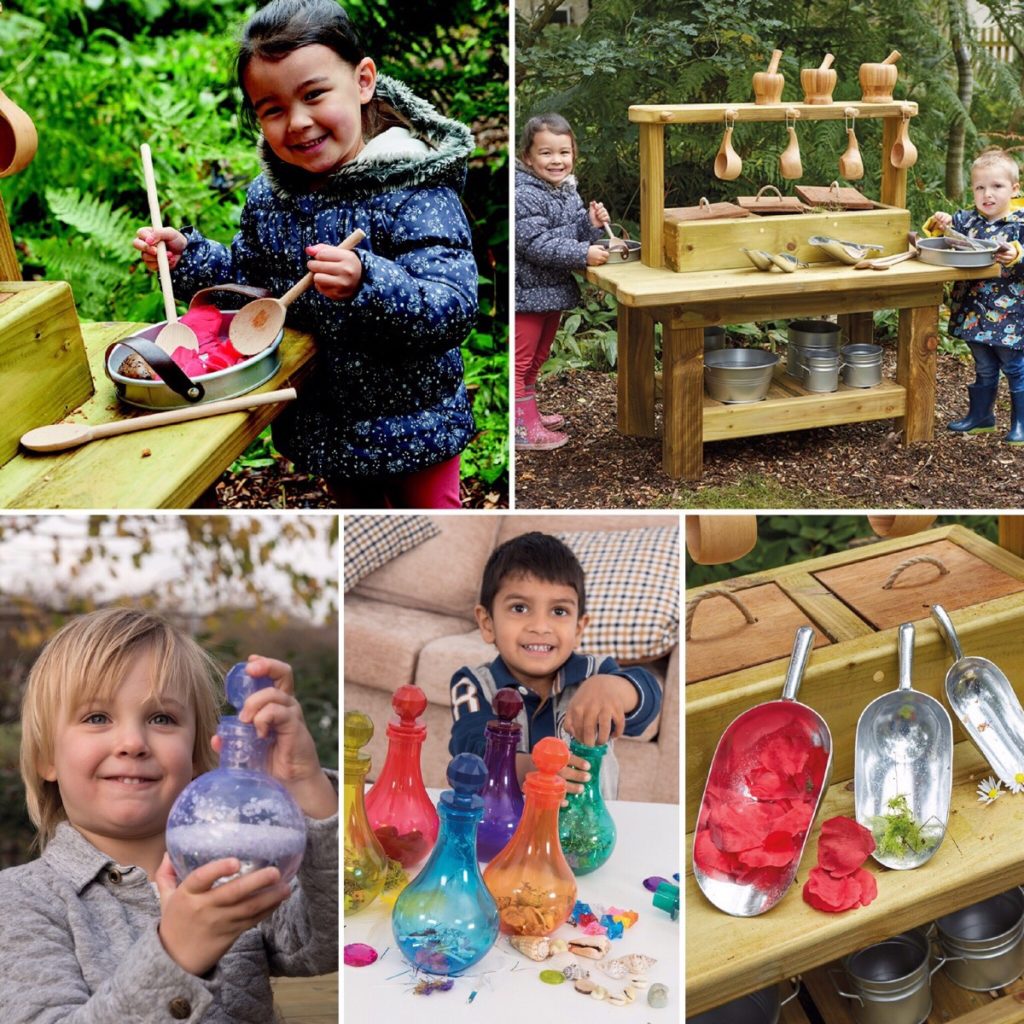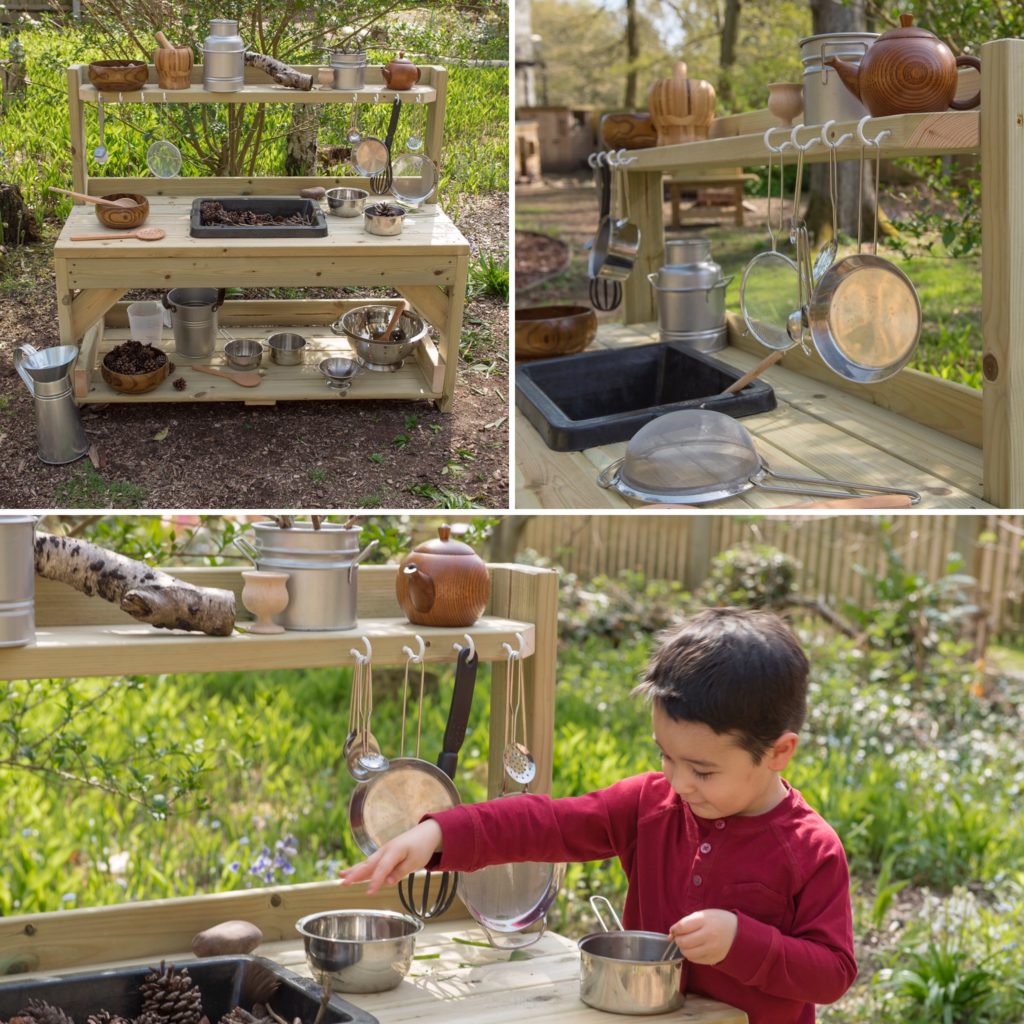There are a plethora of multi-sensory resources and materials that can be provided or found to help as catalysts to messy play activities. Practitioners are great at experimenting and discovering the potential in a resource. Materials range from real and Magic Snow to mud, paint, shaving foam, crazy soap, cornflour, petals, glitter, slime and ice. A mixture of natural and manmade materials may be utilised.
Some children will embrace messy play and others may be more reticent, so knowing your child’s likes, dislikes and apprehensions is key in being able to support them. It is also vital that parent and guardians are fully aware of the reasons children need to be involved in these activities. Help them to understand the benefits and how it is helping their knowledge and understanding of the world. Help them to understand that a child who goes home with a bit of mud or paint on them may well have worn an apron but has got fully involved in the tasks and will have had a great learning experience.
As with all activities, careful risk assessment needs to take place. Consider all the potential hazards and how the children will utilise the materials. Choose ingredients that are safe for all, for example consider allergies and choking hazards.
Whilst the subject is broad, it is widely accepted that children benefit from a rich diet of all kinds of quality messy play learning experiences. Through experimentation and participation, children gain so much through well planned provision. This does not necessarily mean following prescriptive tasks but being given the opportunity to experiment, to see what happens, if to amend, to be creative and to have fun. Key skills can be acquired or assisted that are fundamental to children’s development.
View our Messy Play Pinterest Board here.
Written by Catherine Clark, Our Early Years Specialist and former Head Teacher.


